Introducing Real Voices from Porsche Owners! – Oil Changes, Door Dings, Daytime Running Lights, etc.
公開日:2018.12.26
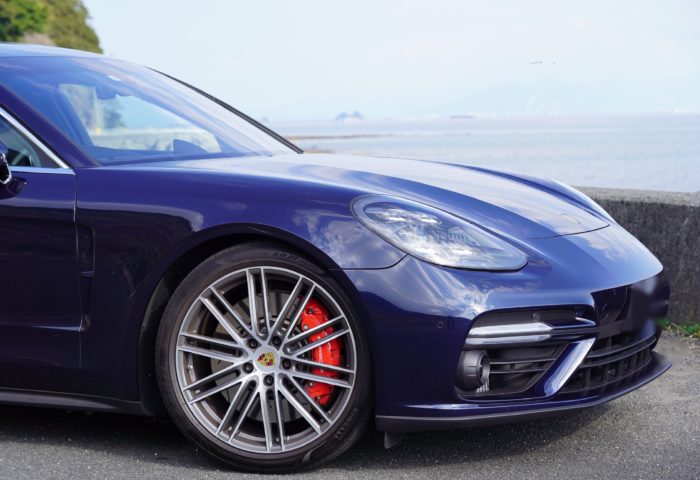
Let’s Share Owner Experiences!
Recently, I wrote an article on this blog suggesting that it would be wonderful to receive questions from Porsche owners and prospective buyers, have our nationwide readers respond, and then share those insights later. When I posed a question about the timing of the first oil change for a Porsche, I received numerous responses from readers, along with other valuable information that I’d like to share with you. (Please note that comments have been slightly edited for clarity and relevance.)

Comments from Our Readers
1. Timing for the First Oil Change
I recently purchased a used 970 Panamera SE Hybrid. With plug-in hybrids, the displayed “mileage ≠ engine running distance”, making it tricky to decide. Since mine is used, I’m not overly concerned and think “once a year should be fine.” The dealer also mentioned that “modern cars are fine with annual oil changes unless driven excessively.” When I bought a new 981 Boxster GTS, I changed the oil at 1,000 km and 5,000 km, then roughly once a year or every 10,000 km. (Ishi B)
Apologies for mentioning a non-Porsche. Before my current 958, I owned four BMWs, and the first oil change was at 20,000 km. Luxury European cars have excellent traceability, ensuring the cylinder block and pistons fit well, so the oil doesn’t get dirty. Plus, oil changes are considered anti-ecological. (Kaze no Sakamichi)
For the current Maserati Ghibli, the first oil change was after 1 year or 10,000 miles (16,000 km), and annually thereafter. I only owned it for three years, so I’m unsure what happened after. Now with a Panamera 4E Hybrid, I don’t foresee severe conditions, so I’ll follow the dealer’s advice of “once a year or 10,000 miles (living in the US).” Opinions on hybrids vary, with some saying less engine use means later changes, while others suggest earlier due to frequent engine starts and stops. (SN)
For the 718 (MY2017), oil changes are recommended at “15,000 km or annually.” This likely assumes using the start-stop function. I changed mine once after the break-in period (planned for 5,000 km, but done at 6,500 km). The Porsche Center Fukuoka technician also suggested “changing it just the first time.” I drive about 15,000 km annually, so I changed it at the 1-year (16,600 km) and 2-year (28,300 km) inspections. I didn’t expect to notice a difference after the recent 2-year change, but the engine felt slightly smoother, which is intriguing. (Porsche Dreamer)
Regarding the 971 Panamera Turbo Executive, my dealer contact, Mr. H, suggested “changing it around 2,000 km.” When I asked about 1,000 km, he said, “Hmm, that’s a bit early.” With upcoming trips to Osaka and back, I’ll likely hit 2,000 km, so I’ve scheduled an oil/filter change for the new year. (How to Support Life)
I drive a base Panamera. Having just passed 2,000 km, I asked the dealer, and they advised, “Change it once between 3,000-4,000 km, so you can drive a bit more.” Optional early changes are, of course, up to you, but the 1-year or 10,000 km guideline is likely for warranty purposes. (Kaz)
I own a 991 Carrera (post-facelift) and am advised to change the oil at 1 year or 10,000 km, whichever comes first. The filter is changed every other time. I changed mine at 5,000 km and 13,000 km, but the timing varies with dealer oil change campaigns. When I first asked the official dealer, “Is it okay to change at 1 year or 10,000 km?” they recommended “changing within 5,000 km initially because the oil at delivery contains more cleaning agents than regular Mobile1.” I hadn’t read about this online before, so I wanted to share. Has anyone else heard similar advice? (Masayan)
2. Door Ding Prevention
I own a Cayenne 957 and a Boxster 981S. My door ding prevention methods are: ① Avoid using the Porsche for grocery shopping. ② Even if it means walking a bit, find a spacious parking spot. ③ Avoid parking next to dented or dirty cars. (Conversely, parking a beat-up car might create space next to it, making it easier to get in and out.) ④ If no spaces are available, park next to the driver’s side of a luxury car. (Passengers are less likely to be careful with door opening than drivers.) At tourist spots, choosing a lot with attendants can help, as they often find good spots without needing to be asked. (Kasamachikara)
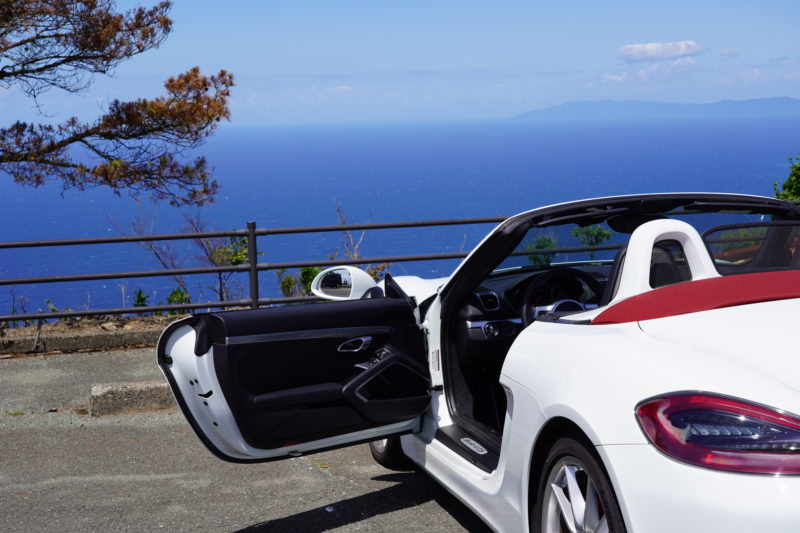
My 996 Carrera was mocked for being unnecessarily wide compared to the 993, but now it’s the slimmest among water-cooled 911s. While avoiding door dings is crucial, the 911’s long doors can lead to accidental dings until you get used to them. To avoid unpleasant experiences, I park at the end of a row, where there’s a fence beyond the white line, leaving about 1 meter of space. This way, only one side is exposed to other cars, and I can fully open my door without worry. In parking garages, I’ve parked across two spaces by straddling the center line, but I wouldn’t recommend it unless it’s a very quiet day. (shimoyannjp)
Regarding my Cayenne, whether it’s picking up kids from kindergarten or school, parking at extracurricular activities, shopping at local supermarkets or malls, or parking at work, sometimes kids run past the car, hitting it with their backpacks or school bags. In winter, we drive on snowy, rough roads for skiing. After driving through snowy mountain roads, the car’s lower half gets muddy, and forcing it out of snowbanks leaves it covered in scratches. However, my wife simply says, “Oh, it got scratched, huh?” and doesn’t worry about it. It’s a car, and an SUV at that, so it’s meant to be used and driven. Minor scratches are signs of good use and add character. We fix noticeable dents, but otherwise, we prefer enjoying the Cayenne’s versatility and comfort in any situation. Our door ding strategy is to “not worry too much about it.” (BUPPA)
3. Daytime Running Lights
The daytime running lights on the 971 Panamera don’t turn off while driving. When parked, you can temporarily turn them off by holding the switch on the dashboard’s right end, but they automatically turn back on at a certain speed. When we moved, we chose our current apartment based on the parking space size. Even so, when using the mechanical parking, there’s only about 2 cm of clearance on either side of the tires, so I rely on the front mirror to park. If I don’t turn off the daytime running lights, the reflection can be blinding. I’m relieved I can temporarily turn them off. (How to Support Life)
Regarding Porsche’s daytime running lights, I wanted them on my 981S (registered December 2013) and explored various options. When the regulations changed about six months ago, I had the nearest Porsche Center install an optional organic EL logo on the side sills and set up the daytime running lights. Since they were connecting to the computer anyway, they coded it as a complimentary service. Upon pickup, they explained that “the daytime running lights are on during normal driving, the headlights turn on at speeds over 140 km/h, and the daytime running lights dim when the headlights are on.” I haven’t confirmed this since it involves exceeding the speed limit, but when the headlights turn on at over 140 km/h during the day, the navigation screen switches to night mode, so I assume it’s working. (Kasamachikara)
4. 971 Panamera Turbo Executive
After delivery, I’ve only driven about 500 km, but here are my impressions. [Pros] – The driving experience is flawless, with excellent acceleration. – Compared to other brands, the cornering is exceptional, responding as expected with no roll. – The massage function exceeded expectations; I wish I had it in the rear seats too. – The seat firmness is comfortable, neither too hard nor too soft while driving. – The touchscreen is more user-friendly than anticipated, with minimal confusion. [Cons] – Being in an apartment with an underground garage, the navigation takes too long to load location data when exiting. – I drive with the steering wheel relatively low, making the far-right of the five-panel display (where the navigation is) hard to see, almost invisible. – I download music to my phone, and yesterday a bug occurred. The dealer couldn’t identify the cause or solution, but it suddenly resolved itself. I hope there are no more bugs. (How to Support Life)
5. New Cayenne
The design feels like a nod to its ancestors, which is a delightful point for our family, having owned every generation since the first. The Tiptronic system evolves yearly, and considering off-road capabilities and user demographics, I previously mentioned that the current PDK can’t fully meet these needs. The lighter body and focus on user needs are impressive. It’s light, stable, and handles corners smoothly, effectively managing the rear seat’s lateral and longitudinal moments. As expected from Porsche, I highly recommend it! My wife eagerly awaits the Japanese-spec hybrid coming next year. (cara)
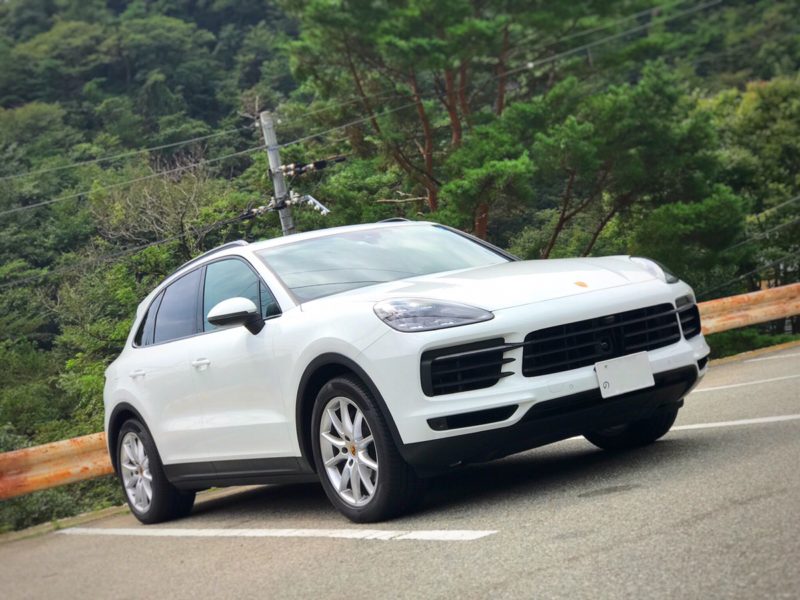
6. Grinding Tire Noise on Cold Winter Days
I experienced this with my 981, especially when starting from a stop at T-junctions and turning left, with a “gag-gag-gag” noise. I thought it might be due to the hard winter tires and reduced tread after 12,000 km over three years, so I switched from Pirelli P Zero to Michelin Pilot Sport 4. Passing the same spot (my home’s exit) became much less noticeable. It’s been nearly two years since, with 22,000 km on the odometer, and no unpleasant noise or vibration has returned. I suspect it was due to tire hardness and tread wear. (Kasamachikara)
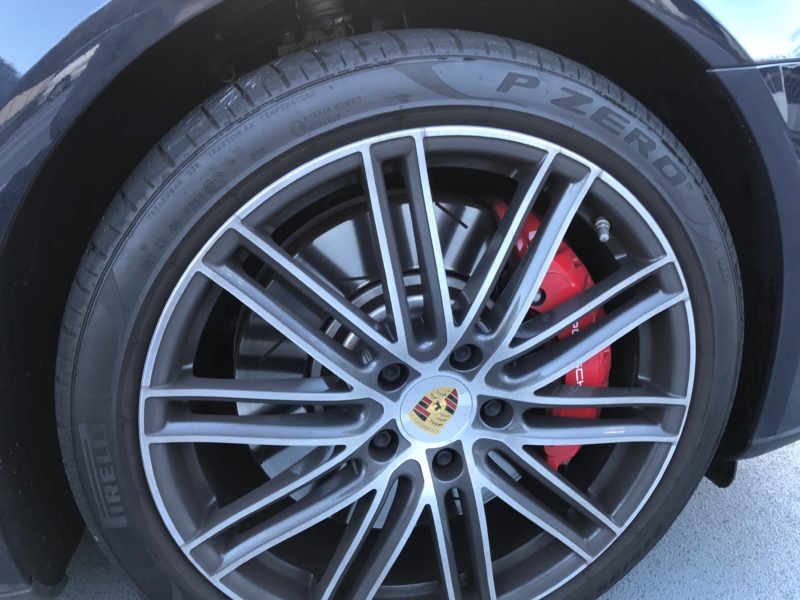
7. Auto Blipping
I’ve always thought that auto blipping suits normal mode better than sports or sports plus mode. Ideally, it should be selectable independently of the driving mode. It’s useful when tired or when you have a passenger and want to avoid shift shock (to hide poor shifting skills). I don’t feel confident with heel-and-toe, but matching revs feels great when it works. It’s sufficient for public roads. (Ishi B)
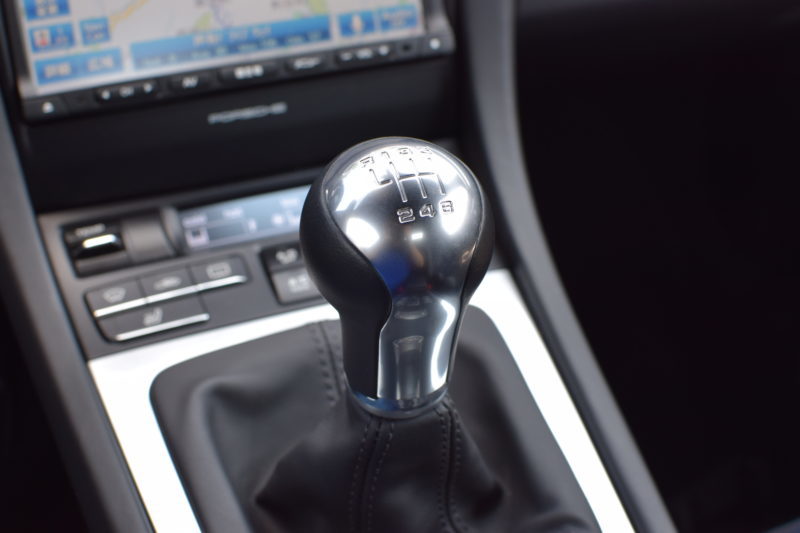
[Q] (PorscheDreamer) This might be too niche, but when exactly does auto blipping occur? If it responds when the gear is engaged, what happens to speed changes until the clutch is connected (does the revs keep rising if the clutch isn’t connected?)? Or does it respond when trying to connect the clutch? That might not align with the clutch connection timing… I’d understand if I could experience it, but I’ve yet to test drive an MT. [A] (Ishi B) Blipping occurs when the shift knob is engaged. I tried keeping the clutch pressed after shifting, and the revs dropped, causing shock when connected (laughs). In practice, I unconsciously release the clutch pedal after completing the shift, so using auto blipping prevents shock.
8. Car Cleaning Strategies
Previously, the carport in front of my house and the area in front of the garage were unpaved, so just parking there would cover the car in dust from passersby. Even with a car cover, fine dust would settle. This year, I decided to tackle the dust problem with the following measures: ① Installed ceiling and interior walls in the garage to cover exposed beams and columns. ② Applied Dutch foam tape (19mm diameter urethane tape) to the bottom of the garage shutter to eliminate concrete gaps (used in bodywork to seal gaps). ③ Paved the 60m path from the house entrance to the garage with permeable material. ④ Covered half of the garage floor (where the 918S is parked) with wood-grain P tiles over epoxy floor coating, bordered with 40mm wide, 4mm thick aluminum. (Only half was tiled to allow for motorcycle maintenance on the other side without worrying about floor damage or oil stains.) No single method would have solved the problem, but the combination significantly reduced dust, with ③ being especially effective. For ②, ideally, raising the garage floor by 2cm inside the shutter would be perfect, but even with just the foam tape, there’s a noticeable difference in dust levels inside and outside the shutter. I still need a solution for dust entering through the gap between the shutter sides and rails. If you have any good ideas, please share. (Kasamachikara)
Continuing Onward
Thank you for all your comments, and apologies for not being able to feature every single one. Our readers drive a wide range of Porsches, from “air-cooled to water-cooled” and “911 to Cayenne,” so the information we receive is diverse, valuable, and always appreciated. (I also learn a lot from it.)
We welcome comments and messages at any time, so if you have “questions for other Porsche owners” or “topics you’d like to share,” feel free to send them through the comment or message section. We look forward to hearing from you.
For a compilation of past reader comments, check out these articles:
→ A Collection of Comments from the Porsche Blog (Voices from Owners and Those Awaiting Delivery)
→ More Comments from the Blog (Voices from Porsche Owners and Those Awaiting Delivery)
このブログが気に入ったらフォローしてね!


Comment ( 0 )
Trackbacks are closed.
No comments yet.